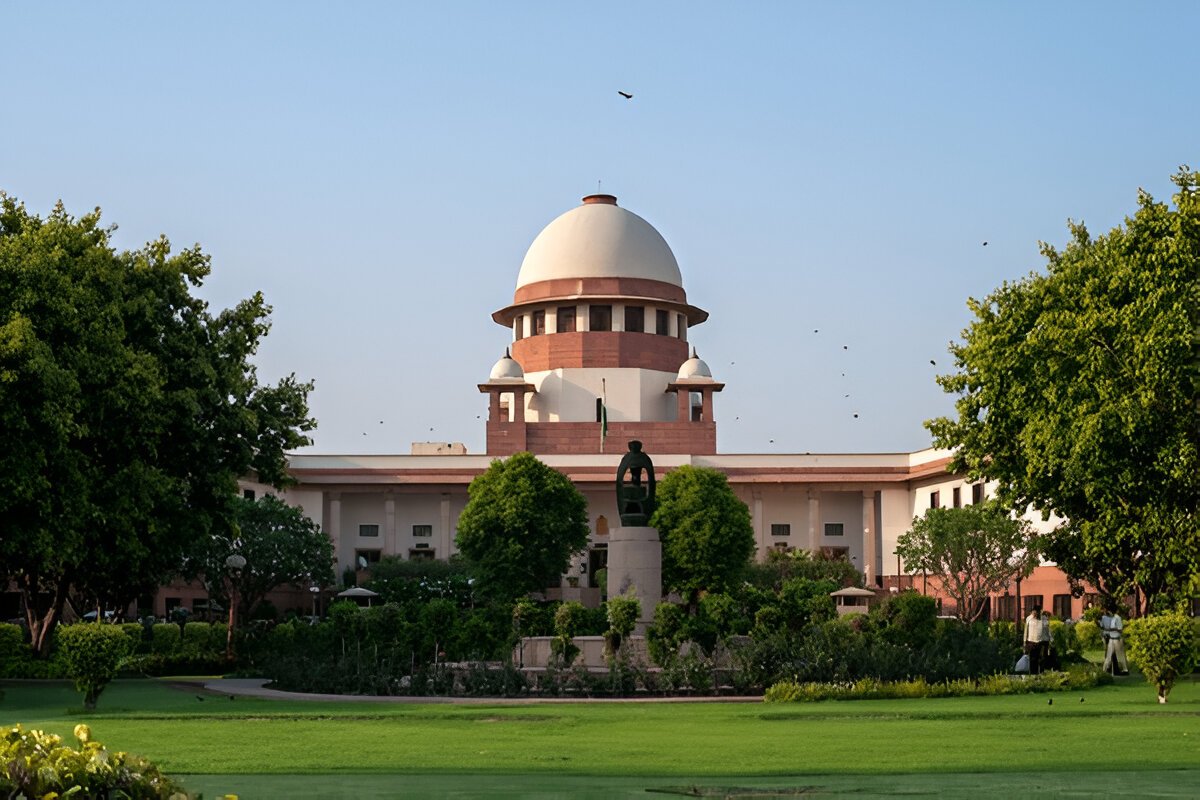Bench: Justices Abhay S. Oka, Pankaj Mithal, and Ahsanuddin Amanullah
Introduction
The Supreme Court in this case overturned the conviction of nine individuals under Sections 302 and 149 of the Indian Penal Code, 1860, for a double murder allegedly committed during a property dispute. The Court emphasized that in-court identification by eyewitnesses is crucial, especially when the accused were previously known to the witnesses. The Court held that failure to identify the accused in court fatally undermines the prosecution's case.
- Section 302 IPC (Now Section 103 of BNS,2023) – Punishment for Murder
- Section 149 IPC (Now Section 190 of BNS,2023) – Every member of unlawful assembly guilty of offence committed in prosecution of common object
- Section 162 CrPC (Now Section 143 of BNSS,2023) – Use of statements to police; omissions affecting admissibility and credibility
Facts of the Case
The incident relates to a violent altercation in 2001 in Chhattisgarh, arising from a property dispute related to a medical shop. According to the prosecution, nine accused, armed with swords, axes, and iron rods, assaulted and killed two persons. The conviction by the Trial Court and affirmed by the High Court was based on testimonies of five injured eyewitnesses. These witnesses were allegedly familiar with the accused prior to the incident, but failed to identify them in court or ascribe roles during their testimonies. The accused appealed to the Supreme Court, challenging their conviction on the ground of lack of in-court identification and material omissions in the statements of eyewitnesses.
You can also read the Judgement of DK BASU V. STATE OF WEST BENGAL.
For more information, visit [ALEC Enquiry].
Issues Before the Court
- Whether the failure of eyewitnesses to identify the accused in court, despite claiming familiarity with them, was fatal to the prosecution's case?
- Whether omissions in police statements and inconsistencies in the testimony of eyewitnesses impaired the credibility of the prosecution?
- Whether the conviction under Sections 302 and 149 IPC could be sustained in the absence of proper identification and attribution of roles?
Contentions of the Petitioners
The petitioners argued that: The eyewitnesses failed to identify them in court, despite claiming they knew them. No witness assigned specific roles or weapons to any accused during their depositions. There were material omissions and contradictions in their police statements (under Section 162 CrPC). The Trial Court and High Court erred in convicting them without proper evidentiary foundation.
Contentions of the Respondent
The State submitted that: The eyewitnesses had clearly named the accused in their depositions. Prior familiarity of witnesses with the accused reduced the need for in-court identification. Minor inconsistencies did not affect the core of the prosecution’s case. The convictions were based on injured eyewitness testimony, which has a high evidentiary value.
Court’s Analysis
The Court emphasized that naming an accused in examination-in-chief is not sufficient unless the witness physically identifies the accused in court:
“If an eyewitness says he saw A, B, and C killing X, and he knew them, that statement is incomplete unless he identifies A, B, and C in court.”
The bench explained this with illustrations, making it clear that:
- Identification is integral to linking a person to the crime.
- This is particularly necessary where multiple accused are involved and different roles are attributed.
The Court also noted that:
- In cross-examination, it came out that witnesses could not ascribe individual acts (like assault with sword, stick, or holding the deceased) to specific accused.
- There were material omissions in police statements under Section 162 CrPC, which impacted the credibility and admissibility of their testimony.
“Unless the eyewitnesses identify the accused present in the court, it cannot be said that, based on the testimony of the eyewitnesses, the guilt of the accused has been proved.”
Conclusion and Final Judgment
The Supreme Court allowed the criminal appeal and set aside the convictions. It held that the failure to identify the accused in court, despite prior familiarity, was a fatal flaw in the prosecution's case. The Court also emphasized the importance of consistency and completeness in eyewitness testimonies, especially where multiple accused are alleged to have acted with different degrees of participation.

